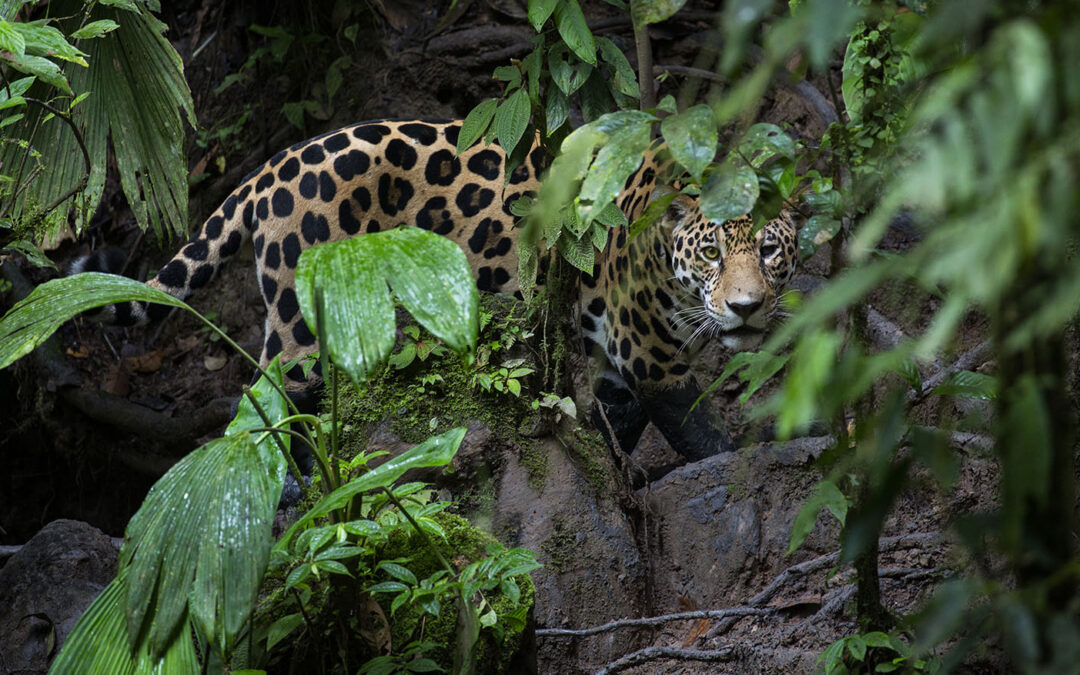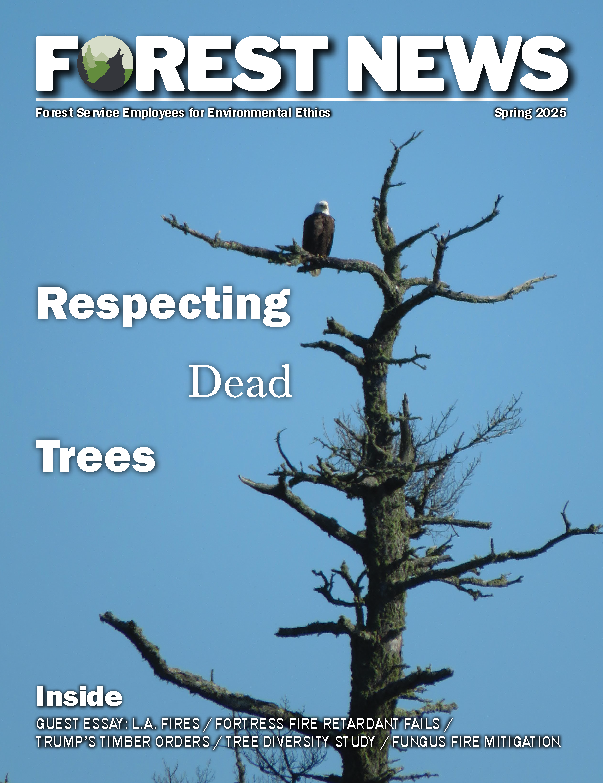Released in October 2024, the World Wildlife Federation’s (WWF’s) latest Living Planet Report cites a “catastrophic 73% decline in the average size of monitored wildlife populations” from 1970 to 2020.”
The Zoological Society of London maintains the Living Planet Index — the basis for the WWF report — and has tracked almost 35,000 vertebrate populations of 5,495 species for over 50 years.
The report documents freshwater aquatic wildlife declines of 85%. Wild animal populations on land decreased 69%, and marine life was reduced by 56%.
The report notes that significant declines in wildlife populations “negatively impact the health and resilience of our environment and push nature closer to … critical thresholds.”
Examples of “regional tipping points” include “decimation of North American pine forests” and “destruction of the Amazon rainforest.” Exceeding thresholds of destruction for these regional ecosystem could create a domino effect capable of undermining food security and the global economy, the report concludes.
“Nature provides the foundation for human health, a stable climate, the world’s economy, and life on earth,” said WWF-US President and CEO Carter Roberts.
Photo: In the Amazon Rainforest, an endangered jaguar peers through leaves on Ecuador’s Yasuní National Park (photo by Karine Aigner/WWF).


